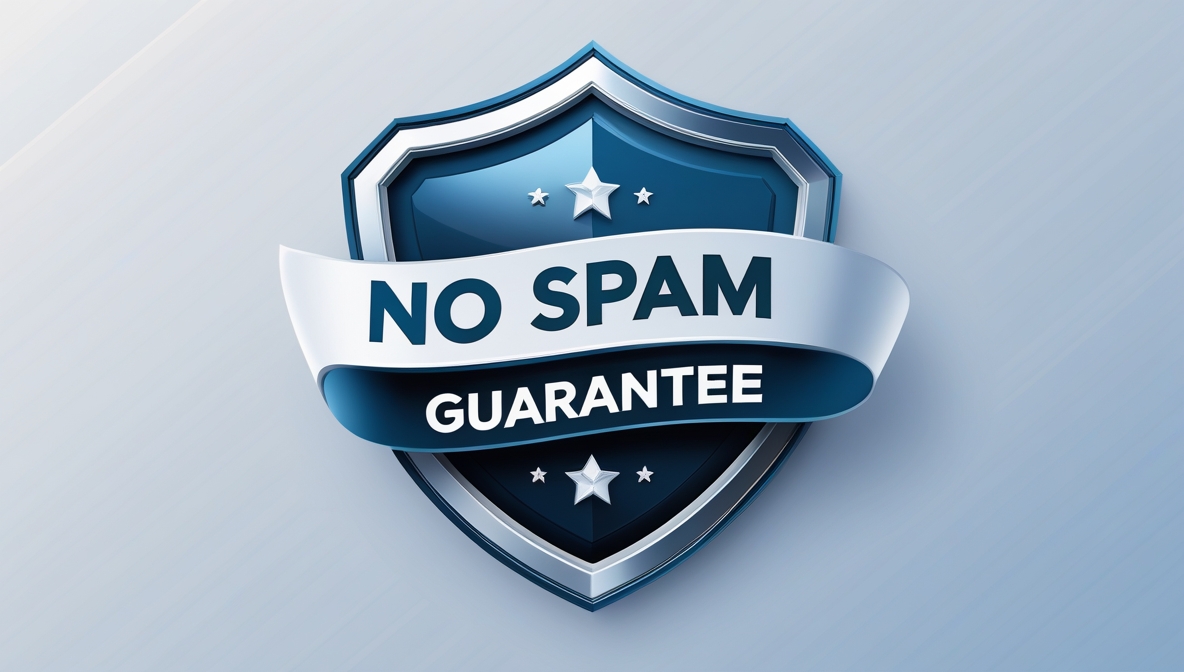This framework defines and structures technology strategy as a deliberate process of aligning technological investment decisions with broader strategic goals. It reframes technology not as an end, but as a means to achieve specific effects through a layered strategy framework. It can help senior leaders make intentional, goal—driven technology decisions, especially in complex, resource-constrained, or high-stakes environments. Instead of asking “What tech should we buy?”, it asks, “What effects are we trying to create—and what tech gets us there most effectively?”
CIOs, CTOs, enterprise architects, and strategists can use this as:
- A conceptual foundation for technology strategy formulation.
- A framework for aligning technology choices with organizational capabilities and strategic time horizons.
- A lens for evaluating trade-offs, acquisition approaches, and risk posture.
- A guide to avoiding common strategic pitfalls (like tech overreach, mirror-imaging competitors, or misaligned innovation).
It's especially helpful when building:
- Capability portfolios
- Long-term investment strategies
- Innovation governance models
- Defense/deterrence frameworks (for national security and critical infrastructure)
This Goal Aligned IT Strategy Framework includes:
- A working definition and taxonomy of technology strategy
- Historical case studies to illustrate strategy in practice
- Analysis of strategy forms (e.g., Big Bet, Focused Development, Monitoring)
- Acquisition approaches: Imitative, Developmental, Innovative, Monitoring
- Offense-defense theory as a lens to assess strategic fit
- A taxonomy linking technology choices to strategic outcomes via:
- Strategic model concept
- Capability portfolios
- Technology strategy form
- Acquisition approach
This framework is a thinking tool. It equips strategic technology leaders with a structured, adaptable model for making better tech investment decisions, especially when:
- Resources are limited
- Outcomes must be defensible
- Strategic alignment matters more than buzzword adoption
Bottom Line:
If you are leading complex technology decisions and want to shift from tactical delivery to strategic design, this framework gives you the mental scaffolding to do it—with discipline, foresight, and clarity.
Best For
This Goal aligned IT Strategy Framework is best suited for CIOs, CTOs, enterprise architects, and strategic technologists working in large, complex, capital-intensive, or regulated organizations—especially those navigating long technology investment cycles or aligning tech with mission-critical outcomes. While the language and examples are rooted in military history, the core framework—linking technology to strategic effects through capability portfolios and structured investment approaches—translates well to any industry where technology cannot be treated as just a set of tools, but must be orchestrated to create measurable, long-term value. Organizations with large IT portfolios, transformation programs, or innovation labs will find the taxonomy and decision lens especially useful. However, the framework is not a good fit for small or fast-moving companies in consumer sectors (e.g., eCommerce, media, adtech), where agility, experimentation, and rapid iteration take precedence over structured, doctrine-aligned investment planning.
- Large orgs (1,000+ employees, $500M+)
- CIOs in defense, energy, finance, or infrastructure
- Teams building enterprise capability models
- Strategic planning or innovation portfolios
Time to Value
- Full read: 8–10 hrs
- Skim + summary: 2–3 hrs
- With this brief: 30–45 min
Best Option for Busy CIOs: Spend 30 minutes reading the Executive Summary and Technology Strategy Taxonomy. Then decide if a deeper dive or team adaptation is worth it.


